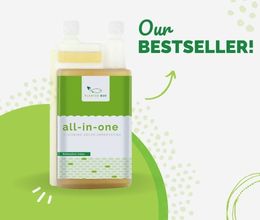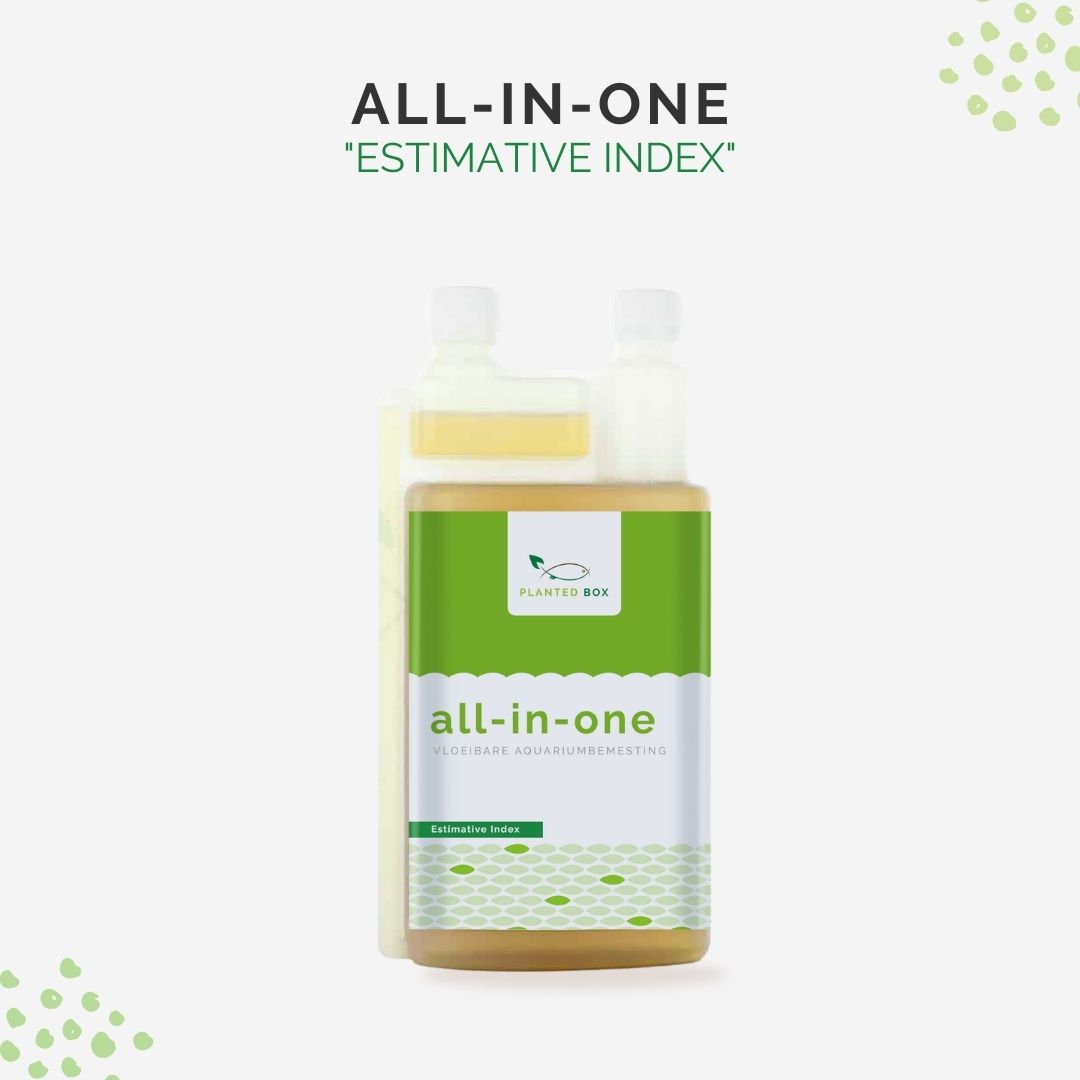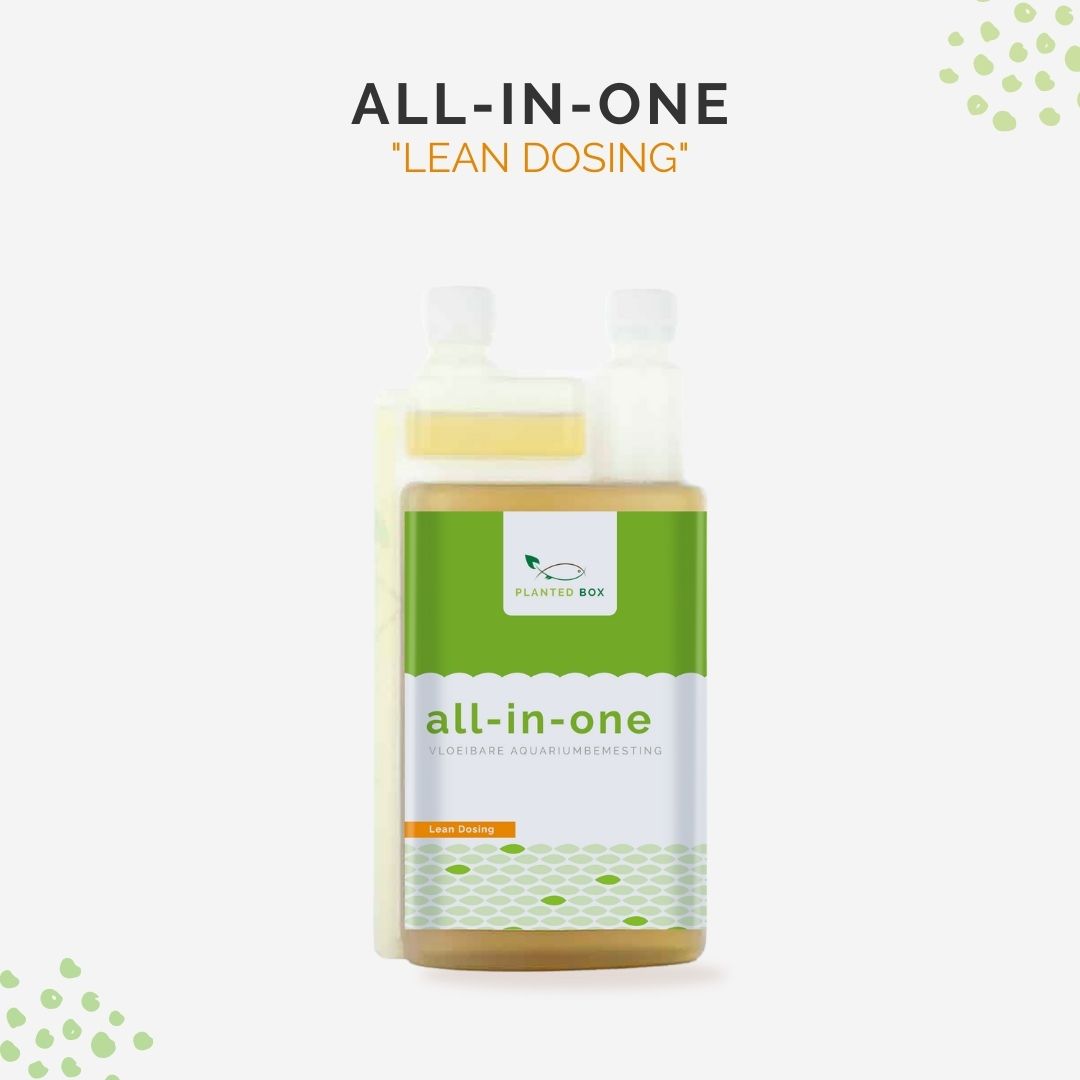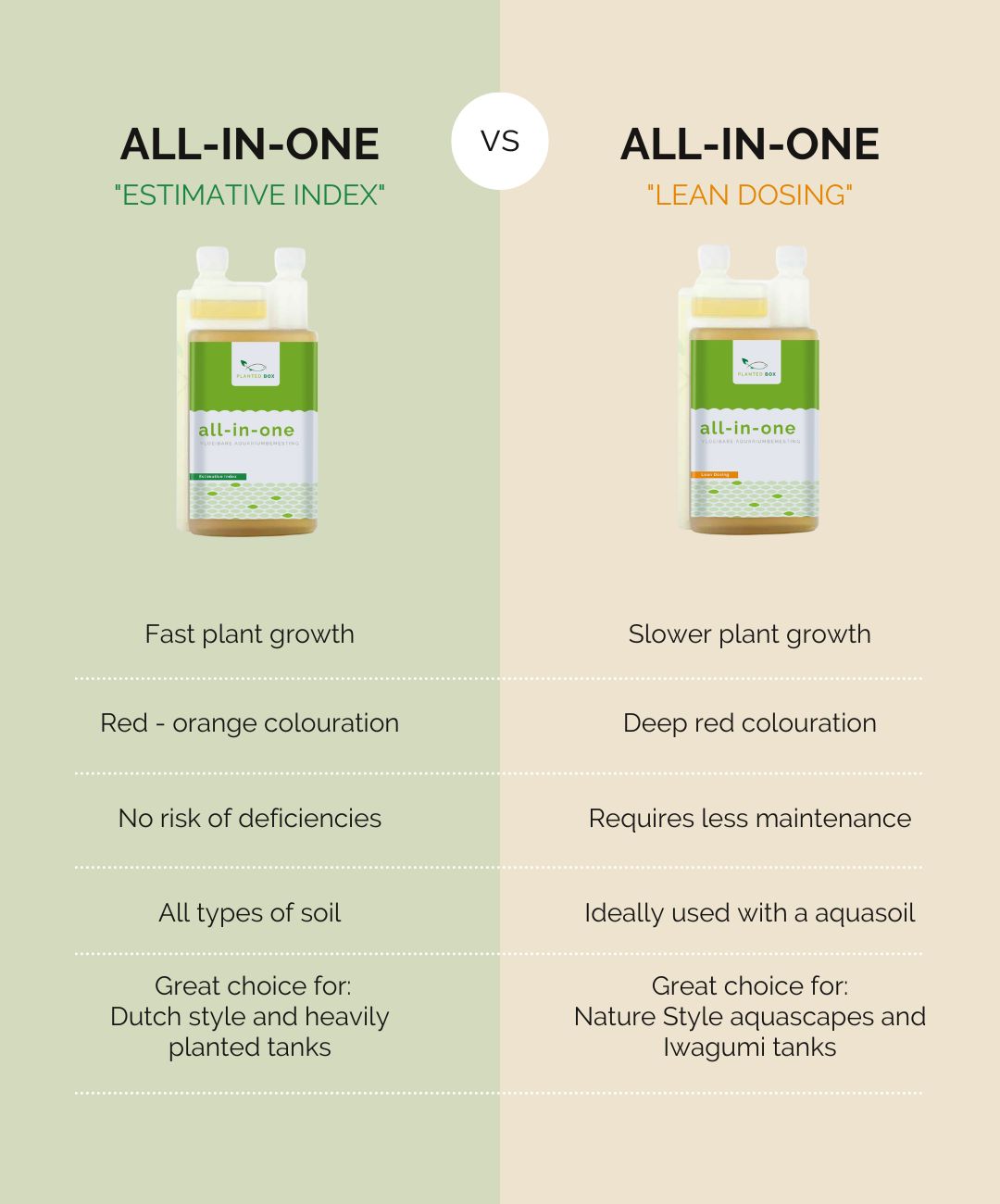There are several “dosing philosophies” within our hobby, for example of the Redfield Ratio, PPS Pro and the Estimative Index. Another dosing method that has been around for a long time, but recently has become quite popular among aquarists and especially aquascapers is the “Lean Dosing” philosophy. But what does Lean Dosing mean and is it better than Estimative Index?
What you will learn in this article:
What is the Estimative Index
I have written a very extensive article about the Estimative Index before, I recommend you read it if you are interested in this dosing method.
In short, with the Estimative Index, you intentionally overdose the fertilizer in the water column. The goal is to create a surplus of nutrients so that you can’t have any nutrient deficiencies. Because the chance of nutrient deficiencies is a lot smaller, the plants will grow much better and thus the risk of algae due to poor plant growth is also much smaller. The advantage is that you can then fully focus on fine-tuning your CO2 system, lighting, filtration, …
Usually the nutrient values for the Estimative Index are:
- Nitrates: 10 to 30ppm
- Phosphates: 1 to 3ppm
- Potassium: 10 to 30ppm
- Iron: 0,5 to 1,5ppm
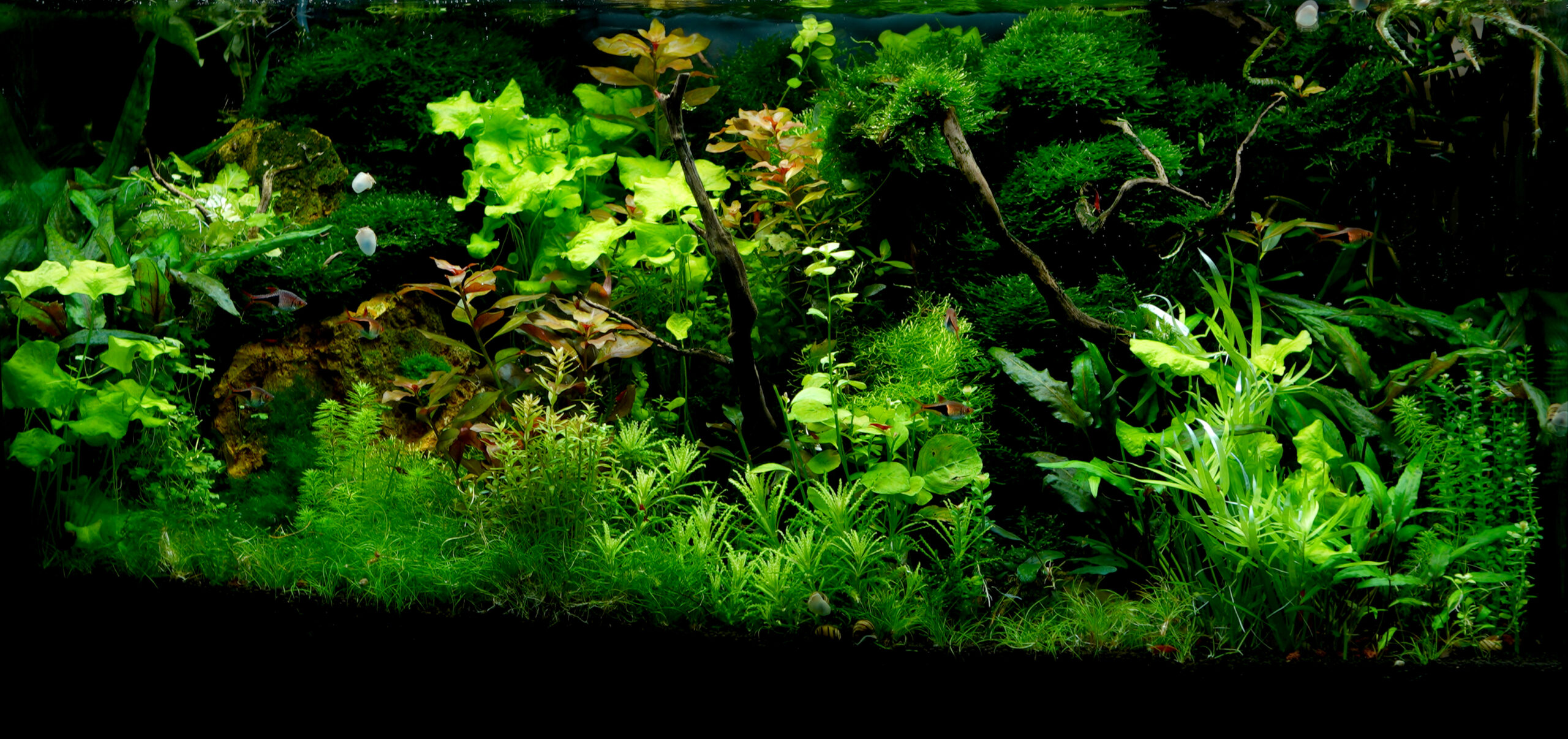
What are the advantages & disadvantages of the Estimative Index?
The main advantages of the Estimative Index dosing method are:
- Easy to apply, both by beginners and advanced users
- Super fast and strong plant growth
- Little risk of nutrient deficiencies
- More time to focus on CO2, lighting, …
- Nice green colours due to high nitrates
- Extremely suitable for Dutch aquariums & heavily planted tanks
But of course there are also some drawbacks:
- Fast growth also means more maintenance and pruning work
- Due to rapid growth, a weekly change of 50% is a must
- Red colouration in certain plants (Rotala) is rather orange
My All-in-One “Estimative Index” is formulated according to this dosage method and an excellent choice if you want to apply this philosophy:
What is the Lean Dosing method?
At the other end of the spectrum you have the “Lean Dosing” dosing philosophy. This dosing method is very popular in Asia (introduced by ADA) and is also becoming more common in European countries, especially among aquascapers.
But what does the Lean Dosing method entail?
It is actually opposite to the Estimative Index. With Lean Dosing you are dosing much less (= “leaner”) nutrients into the water column. To avoid the risk of nutritional deficiencies in the plants, a very rich aquasoil is usually used as a back-up. Suppose you have 0 ppm nitrate in the water column, the plant can still extract nitrates from the aquasoil.
Based on research by AdvancedPlantedTank, ADA uses the following values:
- Nitrate: up to 1ppm
- Phosphate: up to 0.5ppm
- Potassium: up to 25ppm
- Iron: up to 0.1ppm
As you have probably noticed, the values are significantly lower than those at the Estimative Index, especially nitrates. But again: keep in mind that these tanks almost always use an aquasoil which is VERY rich in nutrients. So you have less in the water column, but this is compensated by the rich aquasoil.
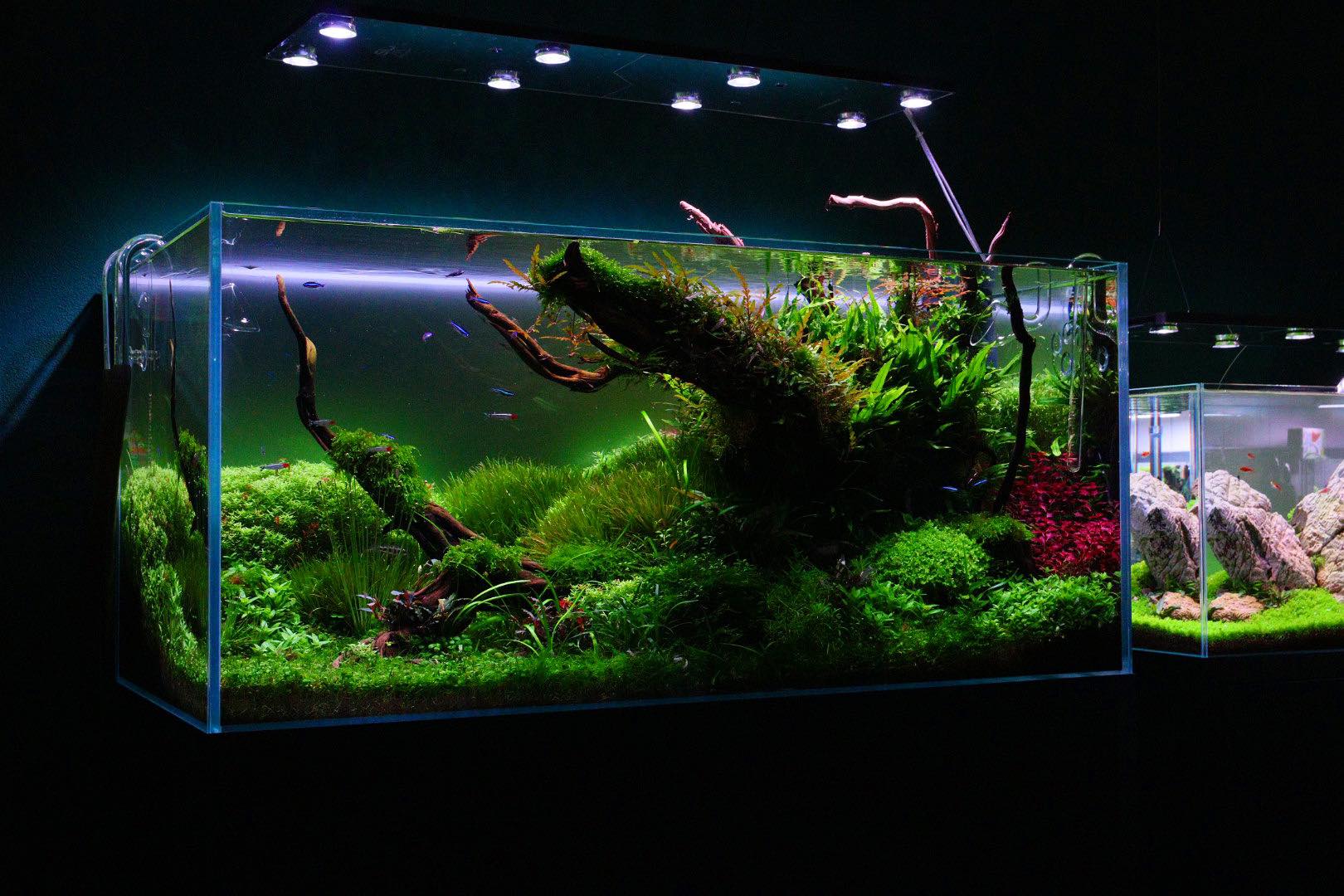
What are the advantages & disadvantages of Lean Dosing?
The main advantages of Lean Dosing are:
- Requires a bit more experience, but otherwise easy to apply
- Slower growth so more stability in your aquarium
- Everything runs a little slower so less maintenance (pruning, changing, …) needed
- Stronger red pigmentation in plants
- More compact plant growth
- Very suitable for Nature Style scapes, tanks with many red plants and Iwagumi
The disadvantages are:
- A rich aquasoil is a must but aquasoils are not that cheap
- If you go too “lean,” you can cause deficiencies and plant growth problems (hence the importance of good soil!)
- Some aquarists prefer faster plant growth
- Soil also gets “used up” after a year or more, you have to take this into account
- Not recommended for tanks with only gravel or sand
Want to try out Lean Dosing on your tank? Then I recommend to try my new All-in-One “Lean Dosing” fertilizer:
What is the best dosing method and which one should you use on your tank?
There is simply no “better dosing philosophy,” both just have different approaches and usually different audiences. Depending on your aquarium, your goals and your habits, it’s up to you to decide which dosing method suits you best. I have created an easy overview for you below that can help you make the right choice:
Choose the “All-in-One Estimative Index” if you …
- want fast plant growth
- don’t use a soil but rather gravel or sand
- don’t mind doing maintenace and pruning more often
- are happy with orange colouration of your Rotala plants
- want to create a Dutch aquarium or a heavily planted tank
Choose the “All-in-One Lean Dosing” if you …
- want slower growth
- use a soil and want to get the most out of it
- prefer to do less maintenance and less pruning
- have difficulties with stability in your tank
- want more red colouration in your aquarium
- want to create a “Nature Scape” or“Iwagumi”
